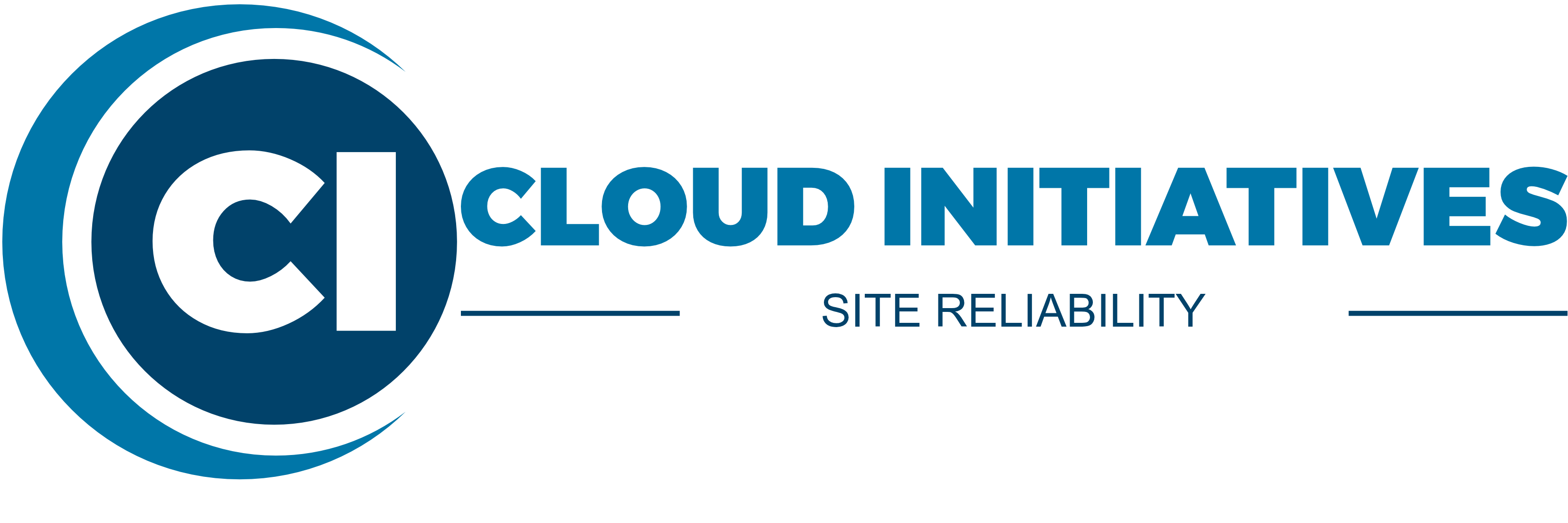
Overview
Modern systems don’t just fail because of a single server outage. As applications grow, so do the moving parts: services, APIs, databases, third-party integrations, and users spread across the globe. Without a structured approach to reliability, teams end up in constant firefighting mode — chasing outages, patching symptoms, and never addressing root causes. This is where Site Reliability Engineering (SRE) comes in.
SRE is not just “DevOps.” It’s a discipline born at Google that treats operations as software engineering, applying code, automation, and data-driven practices to reliability itself. While DevOps focuses on collaboration and delivery speed, SRE focuses on making sure services stay up, scale smoothly, and recover quickly when they fail. Too often, companies try to “bolt on” reliability by assigning it to existing developers or sysadmins, but without the right practices, this only creates more stress. SRE requires your most senior engineering talent - people who understand both code and infrastructure - and it’s a dedicated field of its own.
When SRE is missing, the consequences are painful and expensive. Outages strike without warning and drag on for hours. Engineers are woken up night after night to patch holes that never truly get fixed. SLAs are missed, customers lose trust, and reputations take hits that are hard to recover from. To stay “safe,” teams massively overprovision infrastructure, burning money just to keep systems afloat. Meanwhile, developers are drained by endless firefighting and burnout becomes inevitable.
Our Approach
At Cloud Initiatives, we don’t treat SRE as a one-time project. Reliability isn’t something you can “install” - it’s an ongoing discipline that needs to live inside your organization. Our role is to bring the patterns, the processes, and the experience to help organizations establish SRE as a practice.
We provide specific services that cover the full lifecycle of SRE adoption:
Define SLOs and error budgets: turning business expectations into measurable reliability targets, so leadership and engineering share the same language.
Design incident management practices: from escalation paths and on-call rotations to postmortems that drive lasting improvements instead of recurring issues.
Embed automation and tooling: CI/CD pipelines, Infrastructure as Code, and self-healing systems that remove repetitive work and make reliability measurable.
Implement observability: metrics, logging, tracing, and alerting pipelines that give teams true visibility into system health and performance.
Plan for performance and scale: ensuring systems grow predictively instead of reacting to failures under pressure.
But we also recognize that SRE works best as a dedicated capability inside your company. That’s why our role often extends beyond engineering delivery. We will work with you on:
Building the practice: helping define what SRE means for your business and how it fits into your existing engineering structure.
Growing people: identifying engineers inside your teams who can be trained into SRE roles and coaching them on the mindset, skills, and practices required.
Scaling talent: guiding you in hiring or developing the right senior engineers who can sustain and grow reliability as your systems expand.
What You Get
Your organization gets a sustainable SRE practice that embeds reliability into the way you build and run systems.
Your teams get relief from endless firefighting. They work with clear SLOs, automated tooling, and observability that turns reliability into data instead of guesswork. On-call rotations become manageable, postmortems become learning opportunities, and engineers get more time to build instead of constantly fixing.
Your customers get services that stay fast, available, and trustworthy even under heavy load or unexpected failures. They may never see the SRE practice behind the scenes, but they experience it every day in the form of reliability and consistency.